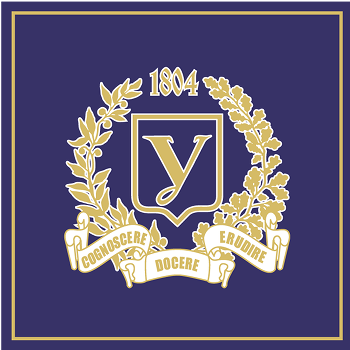Rychak N. L.
- 2018-30
The Influence of Urban Landscape Geosystem on Salt Composition of River Waters
This study of the change in salt composition of the water in Ukrainian rivers has shown that the salts ratio and the total dissolved solids ratio increase in the waters of rivers flowing in the steppe zone of Ukraine. Purpose. To study the salt composition of waters in the rivers making up an integral part of the urban landscape geosystem. Methods. Potentiometric and gravimetric methods as well as titration and computation. Results The results were obtained on the basis of analyzing 42 surface water samples taken under various hydrological regimes of the three rivers flowing in the city of Kharkiv. The total growth of chlorides towards the end of the Kharkiv River seasonal floods made up 158.31%, during the autumn high water it was 105.26%, and at the start of seasonal floods it was 37.14%. In the waters of the Lopan River, the total growth of chlorides towards the end of seasonal floods made up 86.67%, during the autumn high water it was 56.69%, and at the start of seasonal floods it was 72.22%. The total growth of chlorides towards the end of the Udy River seasonal floods made up 42.05%, during the autumn high water it was only 0.89%, and at the start of seasonal floods it was 12.5%. To-wards the end of the Kharkiv River seasonal floods the amount of sulphates decreased by 7.46% while during the autumn high water it was almost unchanged (increased by 0.27%); the amount of sulphates decreased by 1.13% towards the end of the Lopan River seasonal floods and by 10.03% during the autumn high water; the amount of sulphates increased by 55.95% towards the end of the Udy River seasonal floods (on the territory of Kharkiv city) while during the autumn high water it increased by 31.43%. Conclusions. It was established that chlorides concentration in the water under various hydrological regimes is extremely changeable with the tendency to increase, yet their content does not exceed environmental standards. It was estimated that the concentration of calcium and magnesium is low in the river waters with a strong tendency towards decreasing their ratio.
- 2012-3-4-:18
Trends Of Forming Urban Environment's Air Pollution Level
Trends of forming the level of air pollution of urban environment are defined through performing analyzis of 10-year study of air, based on a range of meteorological parameters and chemical composition of air. Among the considered meteorological parameters we have identified the most important, they are: direction of admixtures transfer, the transfer rate, the air temperature, cyclonic activity and meteorological stability of the research area. Among the anthropogenic factors we have distinguished and provide characteristics for pollution sources, architectural planning of the researched area, as well as have performed analysis of pollutants. To determine the level of air pollution by using modern techniques, partial pollution index and integrated pollution index as well as the relative increase in pollutant concentrations (common and specific) were calculated. As a result of the the study it was found that increased levels of air pollution are caused by benzene (if speak about specific substances) and formaldehyde (if speak about common substances). Also trends of air pollution are identified in accordance with wind rose and architectural planning; trends of forming the maximum level of pollutants in the air of urban environment are identified.

